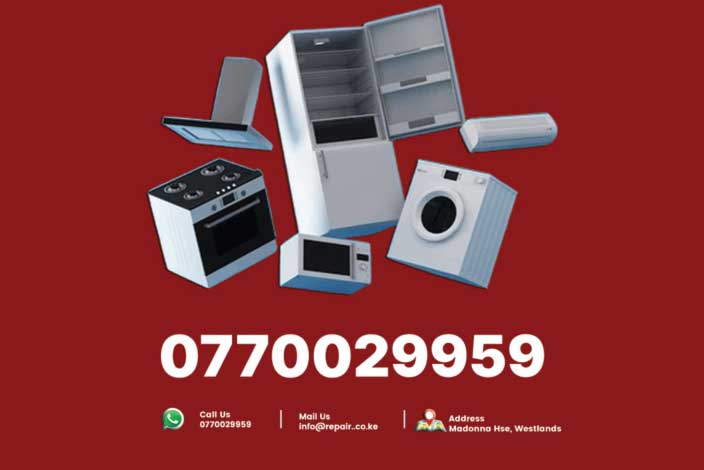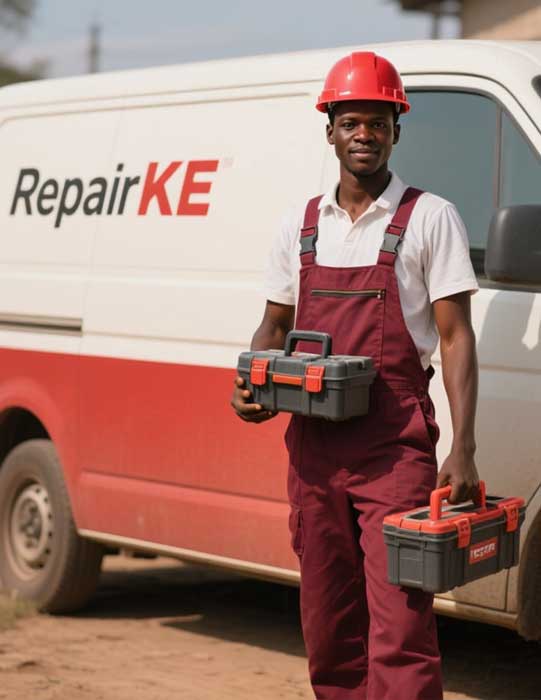Porosity in welds, characterized by small cavities or holes in the weld bead, compromises strength and appearance. This fault is often caused by inadequate shielding gas, contamination, or machine issues, particularly in MIG and TIG welding.
Inadequate gas flow, due to blockages, leaks, or incorrect settings, is a common cause, as it allows atmospheric gases to contaminate the weld pool. Contaminated workpieces or filler materials, such as those with rust, oil, or moisture, can also introduce gases that cause porosity. Machine-related issues, such as a faulty gas solenoid or inconsistent wire feed, may disrupt shielding or weld pool stability.
To diagnose porosity, inspect the weld bead for visible holes or irregularities. Check the gas delivery system for blockages, leaks, or improper flow settings, ensuring the rate matches manufacturer recommendations. Clean the workpiece and filler materials thoroughly to remove contaminants. If porosity persists, test the machine’s gas solenoid and wire feed system for faults, which may require professional repair.
Preventive measures include maintaining the gas delivery system, using high-quality shielding gas, and preparing materials properly. Regular machine maintenance can also prevent internal faults. By addressing these factors, welders can reduce porosity and produce durable welds.






